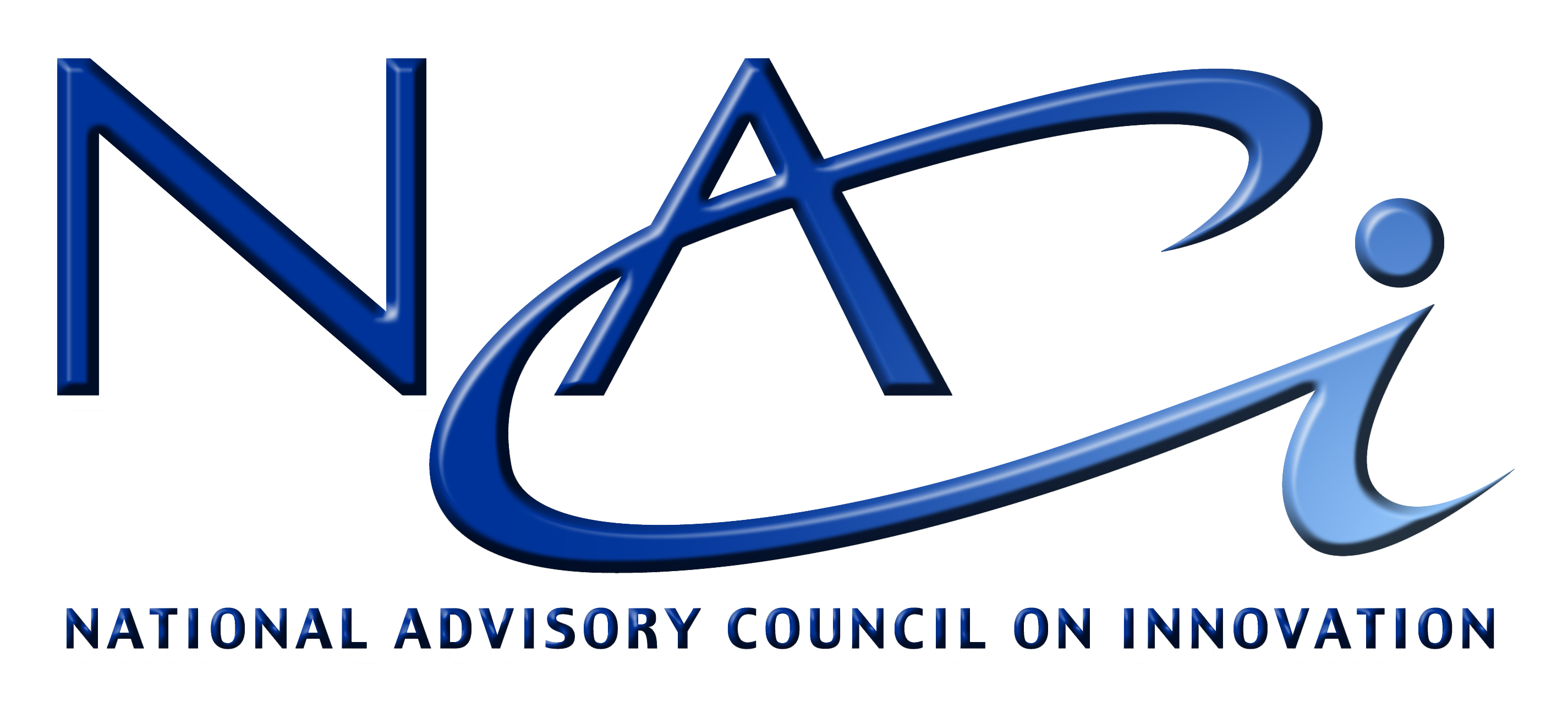Science, Technology and Innovation (STI)
Science, Technology and Innovation (STI)
The 1996 White Paper on Science and Technology provides NACI with a broad policy mandate, introducing the concept of the NSI. An NSI can be understood as a set of functioning institutions, organisations and policies that interact constructively and optimally in the pursuit of a common set of social and economic goals and objectives, seeking to promote change through the introduction of innovations.
The White Paper highlighted that such a system, in its broadest conception, is the means through which a country seeks to create, acquire, diffuse and put into practice new knowledge that will help that country and its people achieve their individual and collective goals. A well-functioning, coordinated and efficient NSI that helps in the achievement of national development priorities remains an ideal for which South Africa continues to strive.
The White Paper was followed by the National Research and Development Strategy (NRDS) in 2002. The NRDS seeks to contribute towards socio-economic development by focusing on a set of “technology platforms” and “science missions”. The technology platforms were for biotechnology, information technology, technology for advanced manufacturing, technology for and from natural resource sectors, and technology for poverty reduction. The missions were in areas in which South Africa had an obvious geographic advantage, such as astronomy, human palaeontology, plant and animal biodiversity, as well as in areas in which South Africa had a clear knowledge advantage, such as indigenous knowledge and deep mining.
These missions and platforms were expanded under the Ten-Year Innovation Plan (2008-2018) under five “grand challenges”, in the bioeconomy, space science and technology, energy security, human and social dynamics, and global change (with a focus on climate change).
The Ten-Year Innovation Plan articulated a path to innovation in support of South Africa’s transformation to a knowledge-based economy, in which the production and dissemination of knowledge leads to economic benefits and enriches all fields of human endeavour. The Ten-Year Innovation Plan identified the ability of STI to play a driving role in enhancing productivity, sustainable economic growth and inclusive socio-economic development as a measure of the plan’s success. Long-term goals based on the grand challenges were set. These included South Africa becoming one of the top three emerging economies in the global pharmaceutical industry, based on the innovative use of South Africa’s indigenous knowledge and rich biodiversity; deploying satellites that provide a range of scientific, security and specialised services for all spheres of government, the public and the private sector; achieving a 25% share of the global hydrogen and fuel cell market with novel platinum group metal catalysts; becoming a world leader in climate science, and responding effectively to the multiple challenges associated with global and climate change.
The Ten-Year Innovation Plan emphasised the importance of human capital development and knowledge generation and exploitation as important elements of a knowledge-based economy. It identified international partnerships as important given that knowledge-based economies are connected through a growing international research and cooperation network.
The Ten-Year Innovation Plan also sought to bridge the “innovation chasm” (the divide between research and the translation of research results into innovative commercial products and services), through, among other things, the establishment of the Technology Innovation Agency (TIA).
